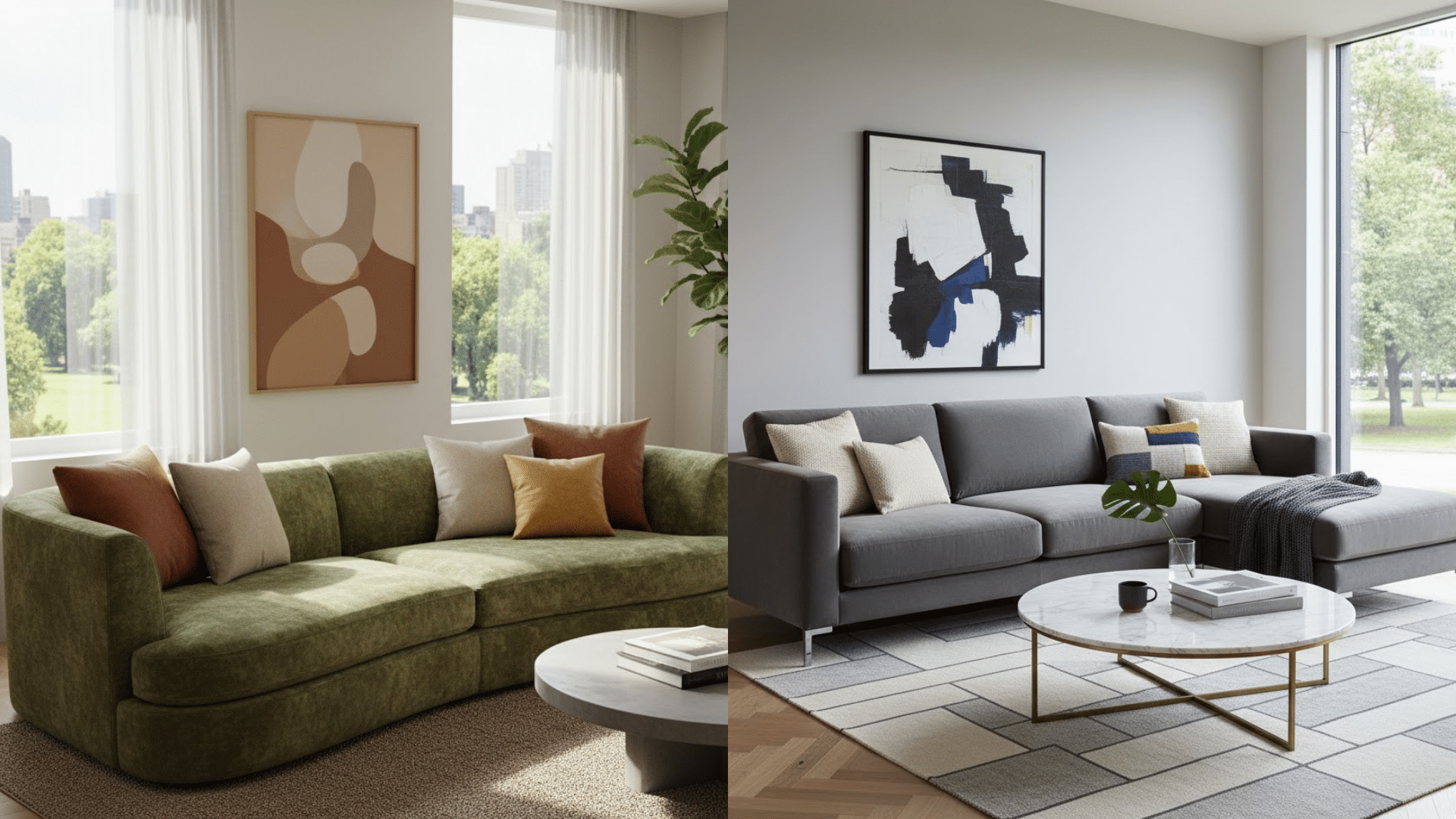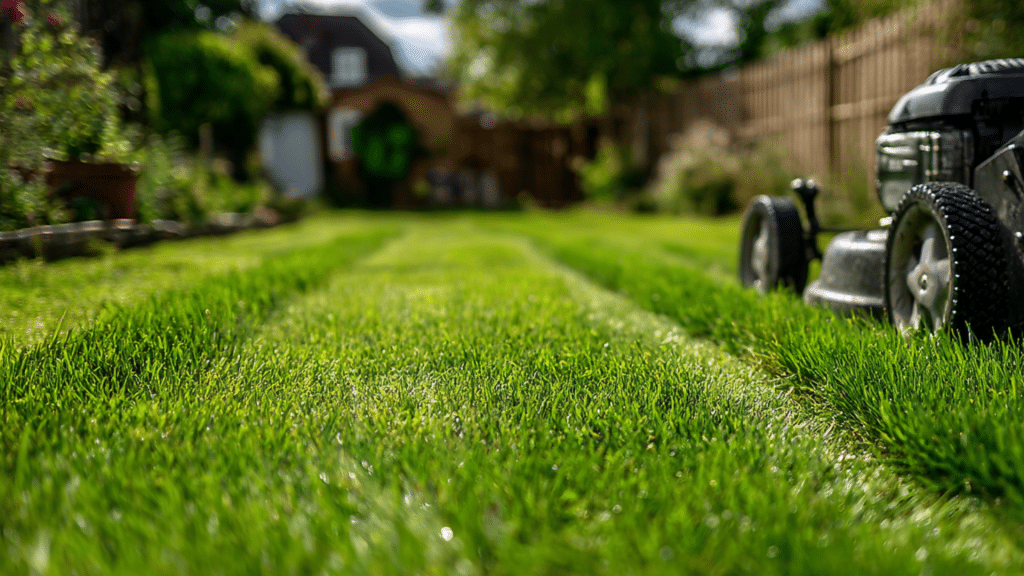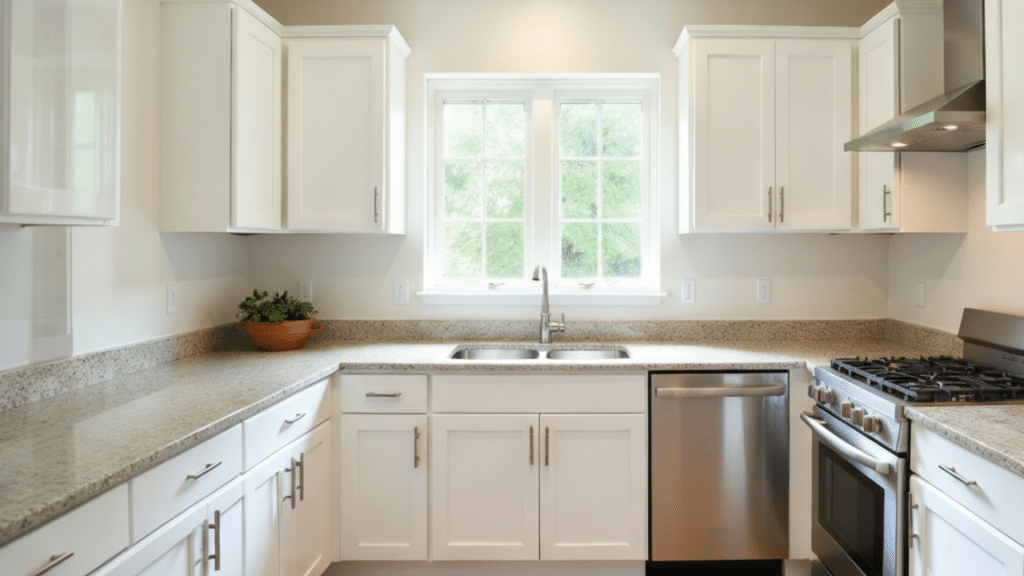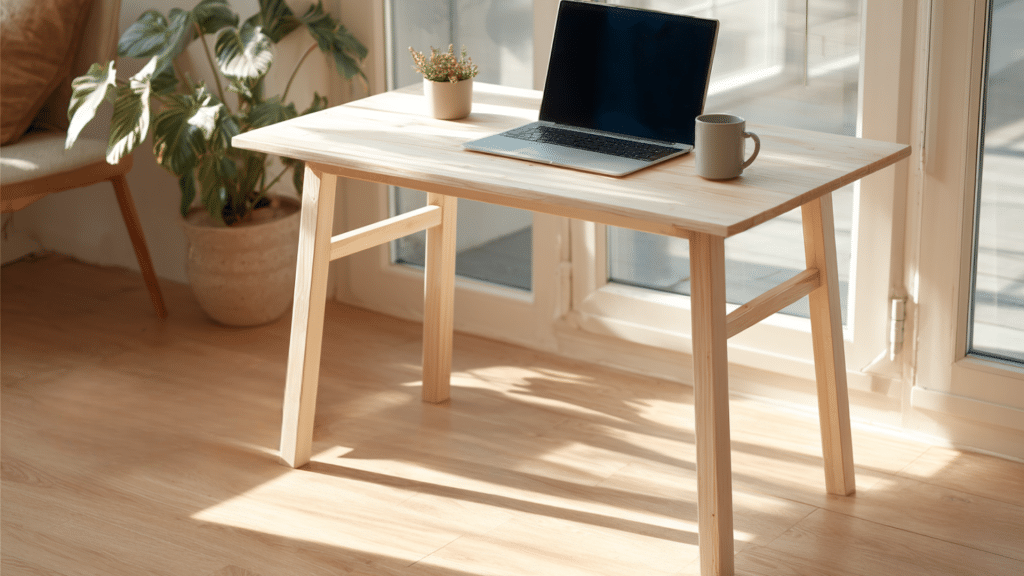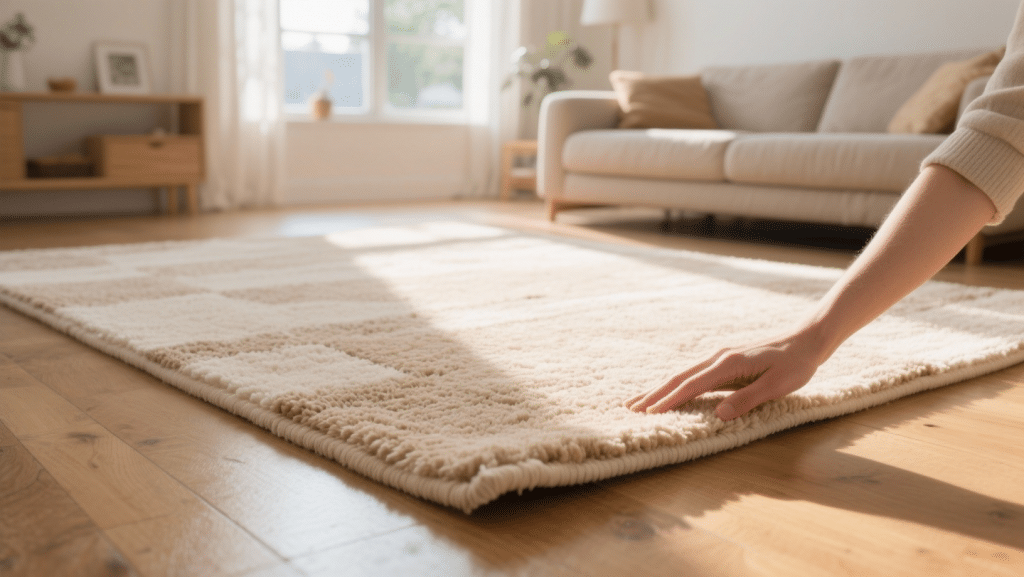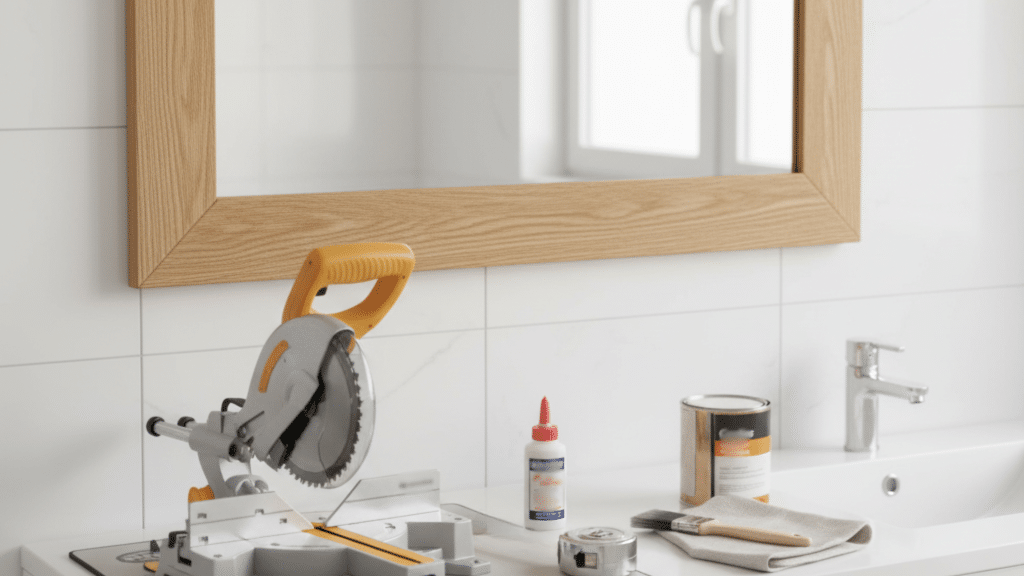The terms get tossed around, but nobody explains what they mean.
There is a real difference between couch and sofa, and it’s not complicated. Once someone learns the basic features that separate a couch from a sofa, shopping becomes so much easier.
This article breaks down the types, key differences, and similarities in simple terms.
What Defines a Couch?
A couch is a casual seating option built for relaxation and everyday comfort in homes.
The word “couch” comes from the French “coucher,” meaning to lie down.
It has a lower back and softer cushions that invite lounging and sprawling out. The arms can be minimal, padded, or sometimes absent, depending on the style.
Couches use forgiving fabrics like microfiber or cotton blends for everyday durability.
Couches work perfectly for lounging, napping, watching movies, and family gatherings. They appear in family rooms, basements, and casual spaces.
Types of Couches
Many couches feature convertible options, reclining mechanisms, or sectional configurations that adapt to different needs and activities.
The following are different types of couches.
1. Sectional Couch
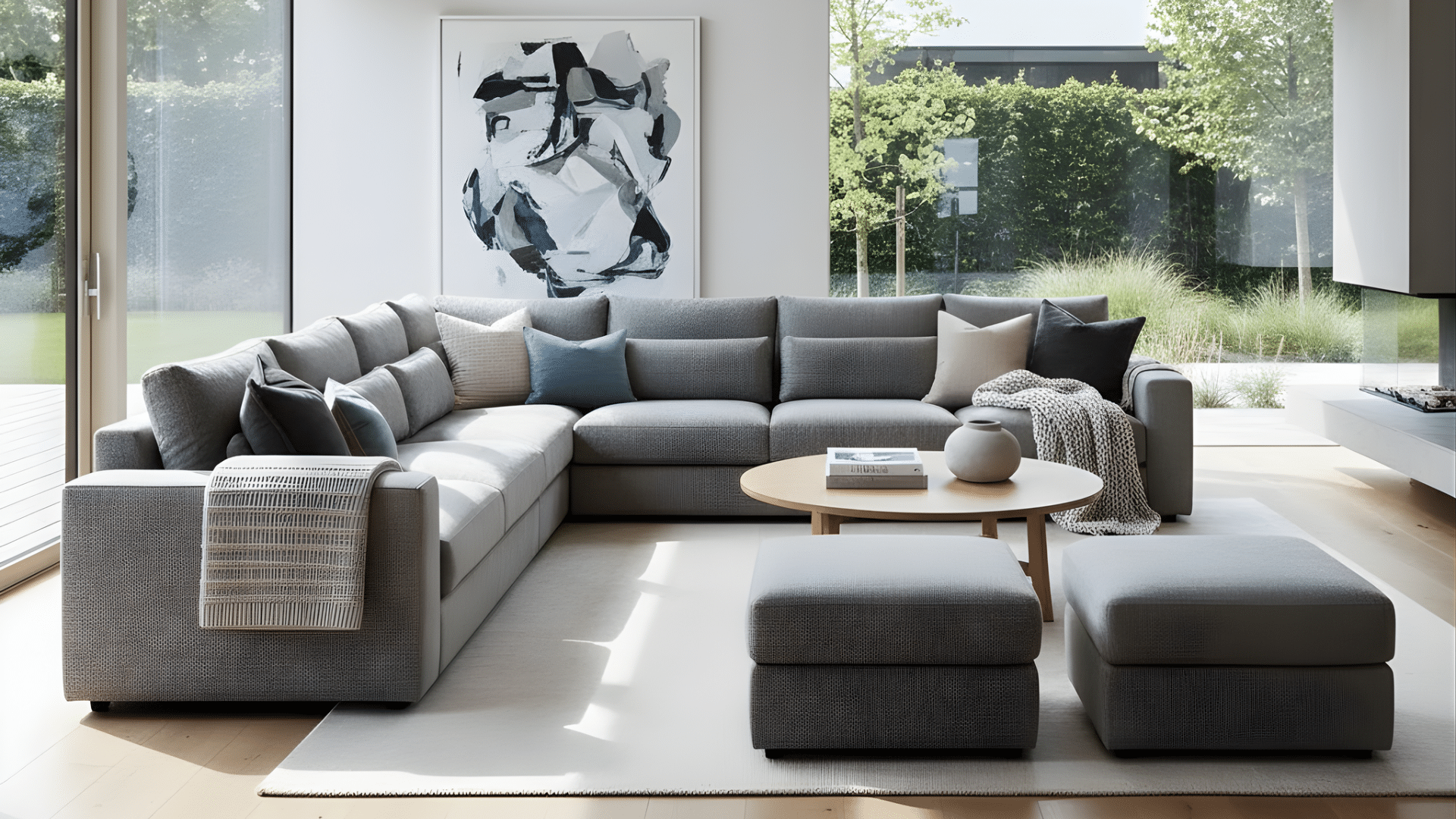
A sectional couch consists of multiple connected pieces that form an L or U shape. It offers plenty of seating for families and guests. These couches work well in large living spaces and entertainment areas.
2. Futon Couch
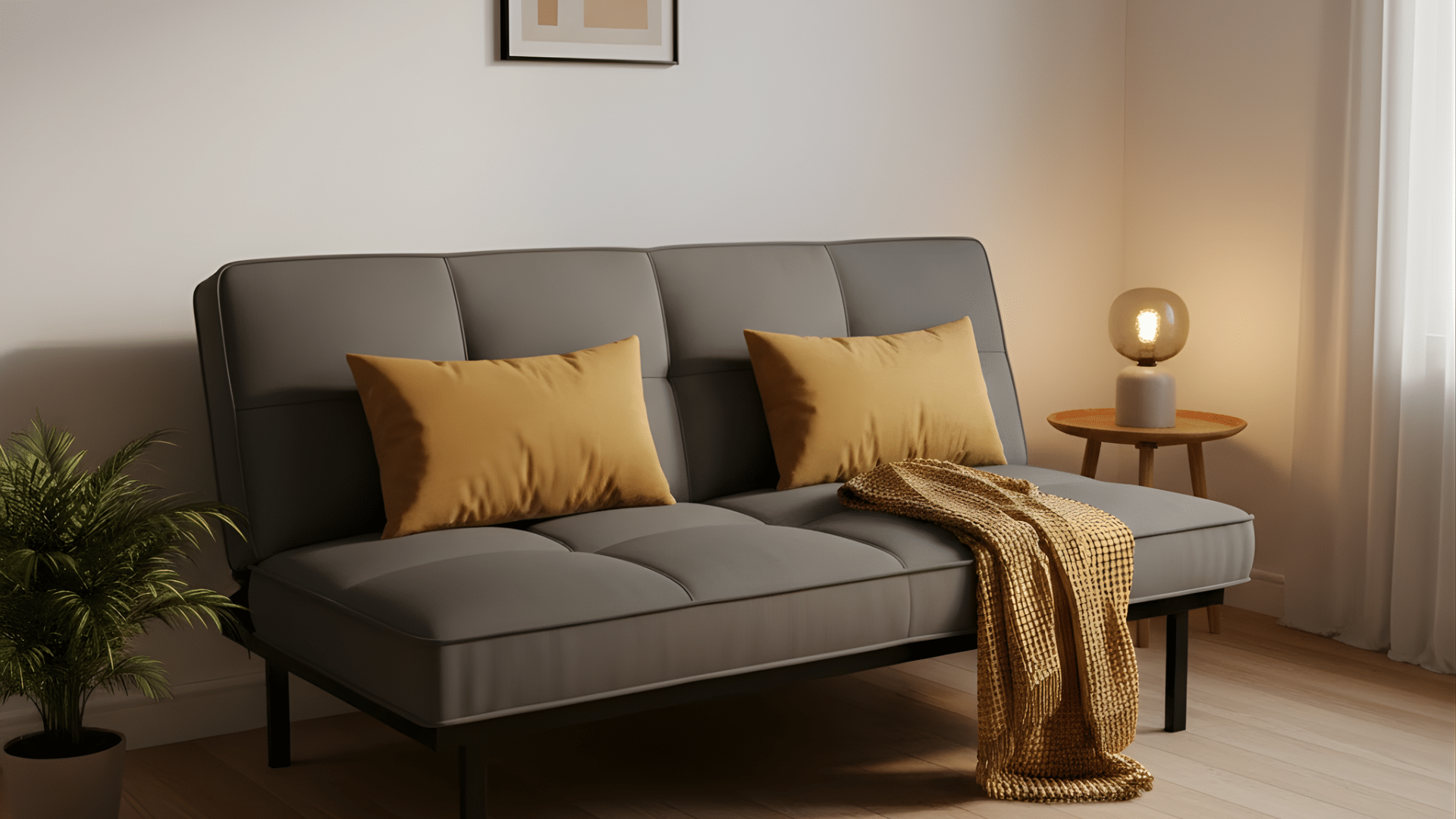
A futon couch converts from seating to a bed by folding flat. It’s perfect for small apartments or guest rooms. The simple design makes it affordable and practical for everyday use and overnight visitors.
3. Loveseat Couch
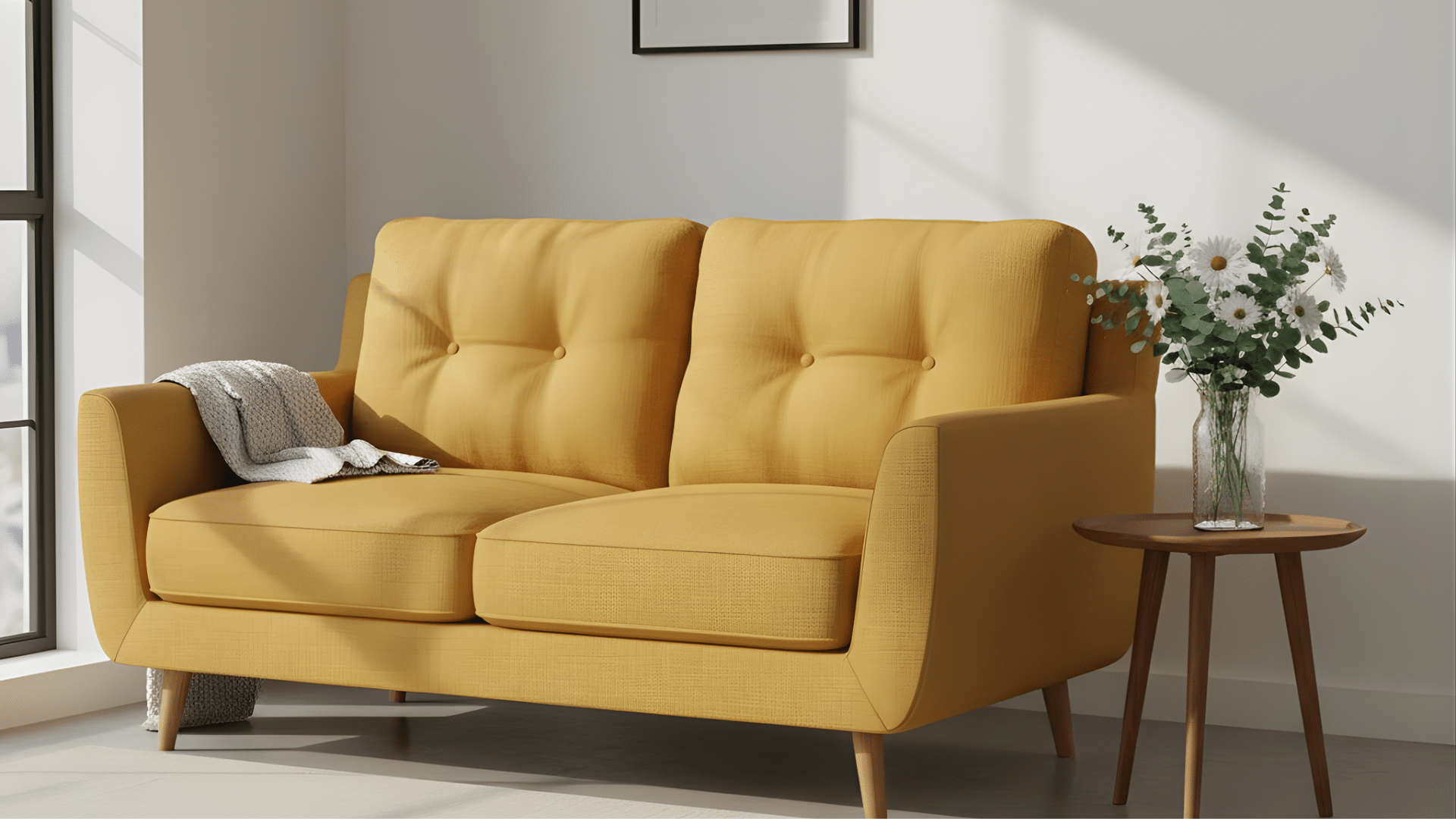
A loveseat couch seats two people comfortably in a compact design. It fits well in smaller rooms or as extra seating. The size makes it ideal for apartments, offices, or reading nooks at home.
4. Chaise Couch
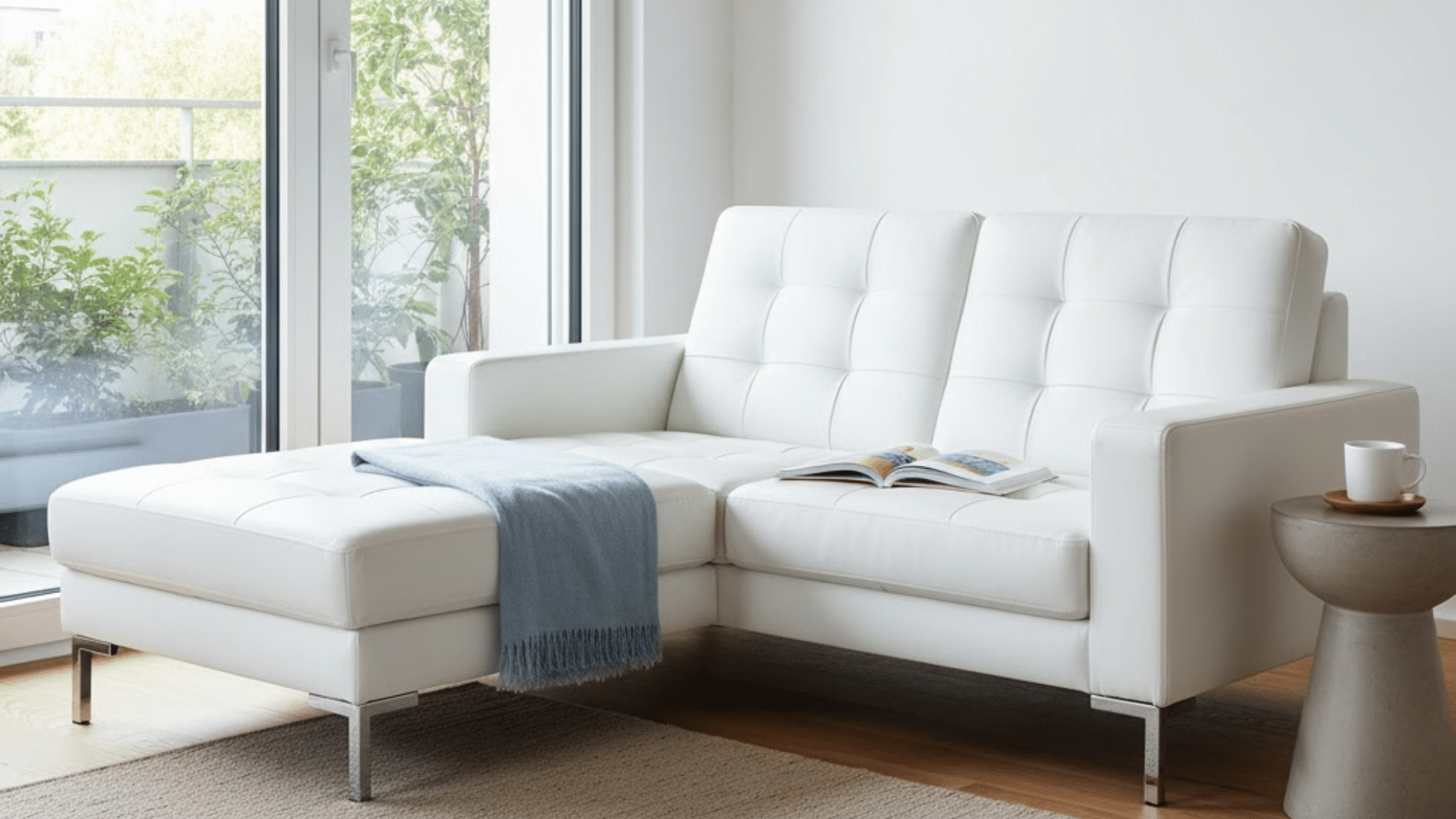
A chaise couch features an extended seat on one end for stretching out legs. It combines regular seating with a lounging area. This style works great for relaxing, reading, or watching television in casual spaces.
5. Reclining Couch
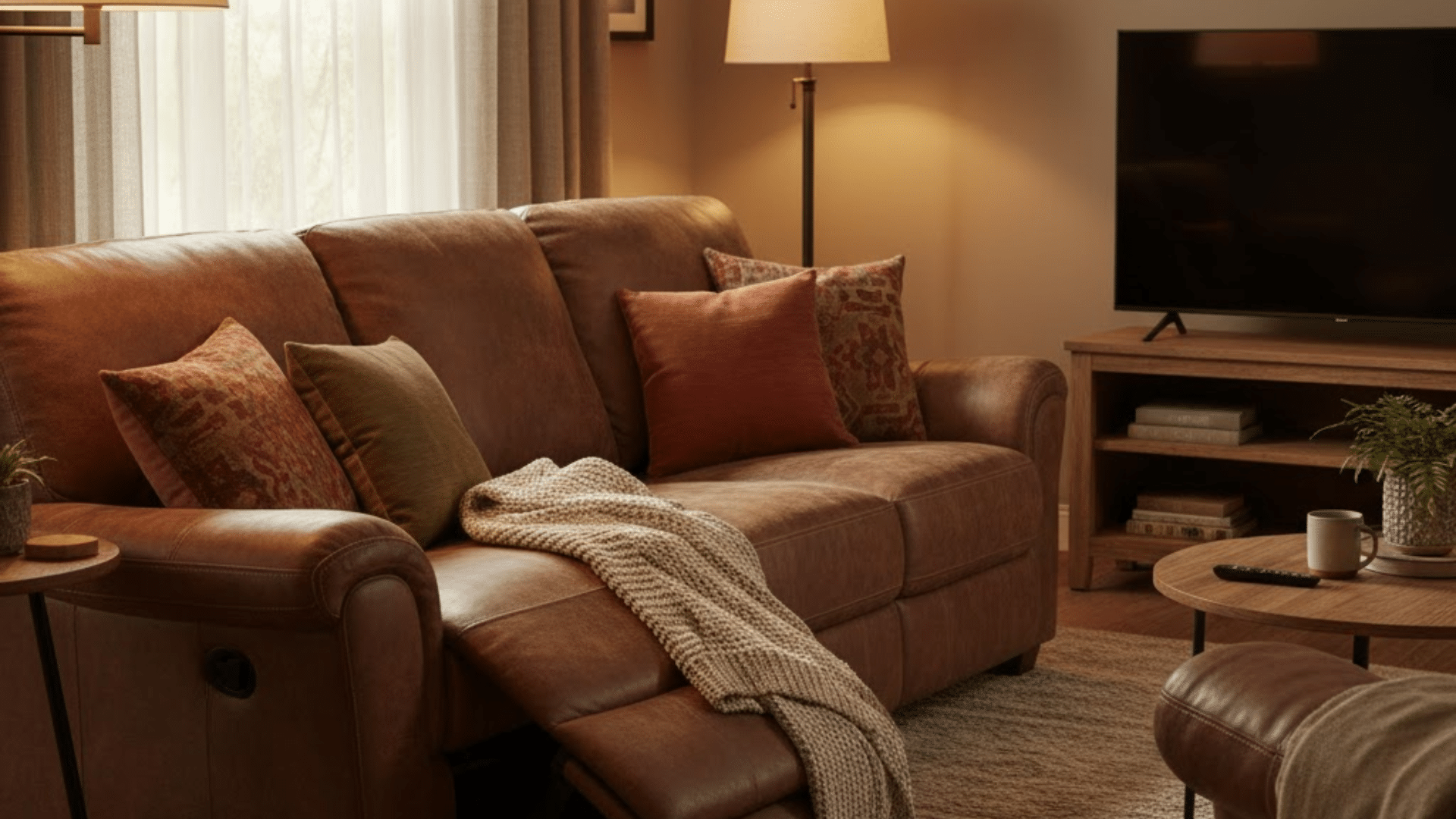
A reclining couch includes built-in footrests that lift and backs that tilt backward. It provides maximum comfort for watching movies or napping. Many models include cup holders and storage for added functionality.
What is a Sofa?
A sofa is a formal upholstered seating piece designed for multiple people to sit comfortably. Sofas originated from the Arabic word “suffah,” meaning a wooden bench covered with blankets.
It features a structured frame with defined arms on both sides and a firm, high back for proper support.
The cushions maintain their shape with denser padding materials. Sofas typically showcase refined upholstery fabrics like leather, velvet, or linen.
They commonly appear in living rooms where entertaining guests matters most.
Types of Sofas
Sofas come in many different styles to match various decor preferences and functional needs. Each type offers unique design elements and characteristics.
The following are different types of sofas.
1. Chesterfield Sofa
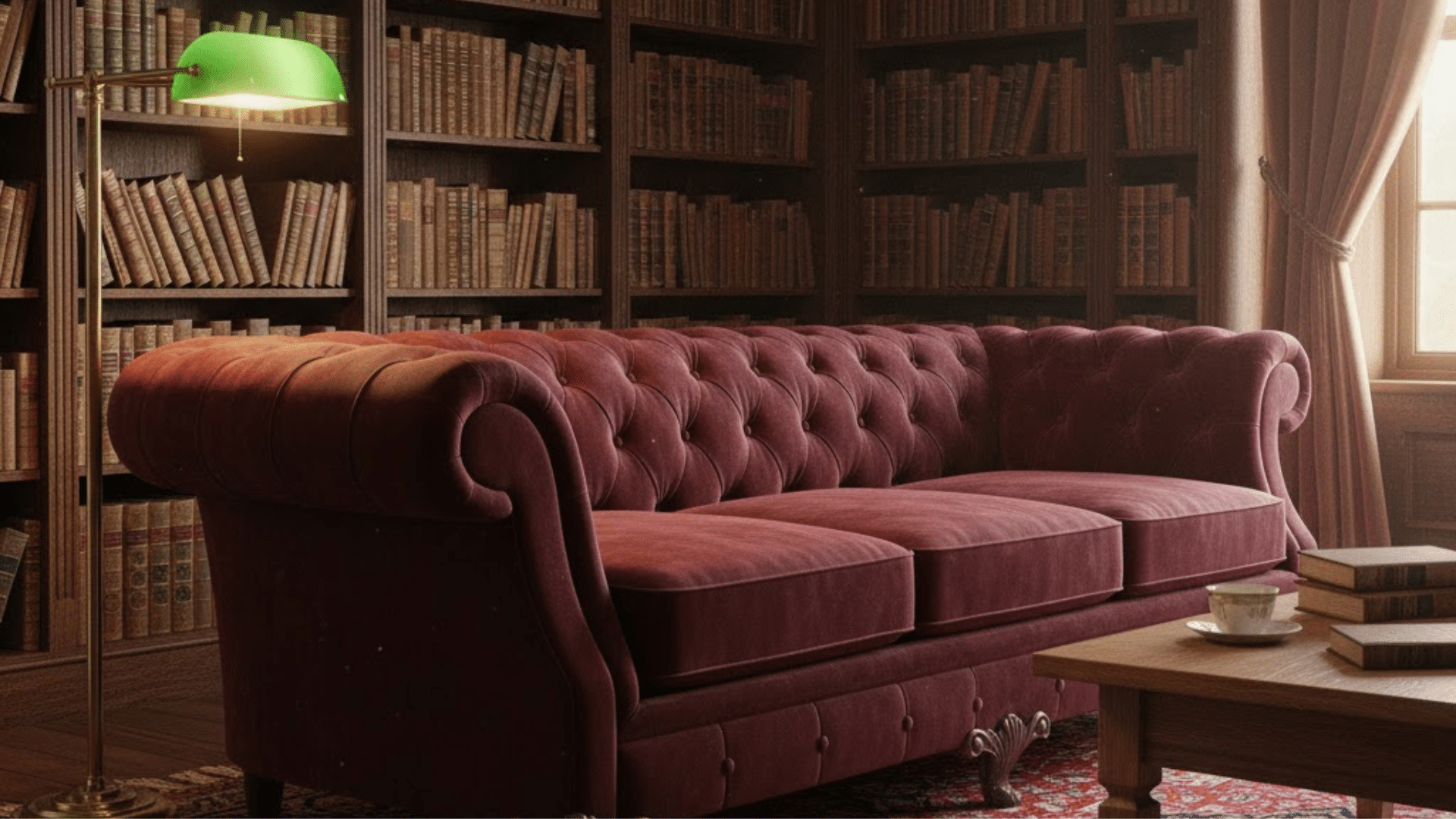
A Chesterfield sofa features deep button tufting and rolled arms at equal height to the back. The classic design originated in England. This formal style adds class to traditional living rooms and upscale office spaces.
2. Lawson Sofa
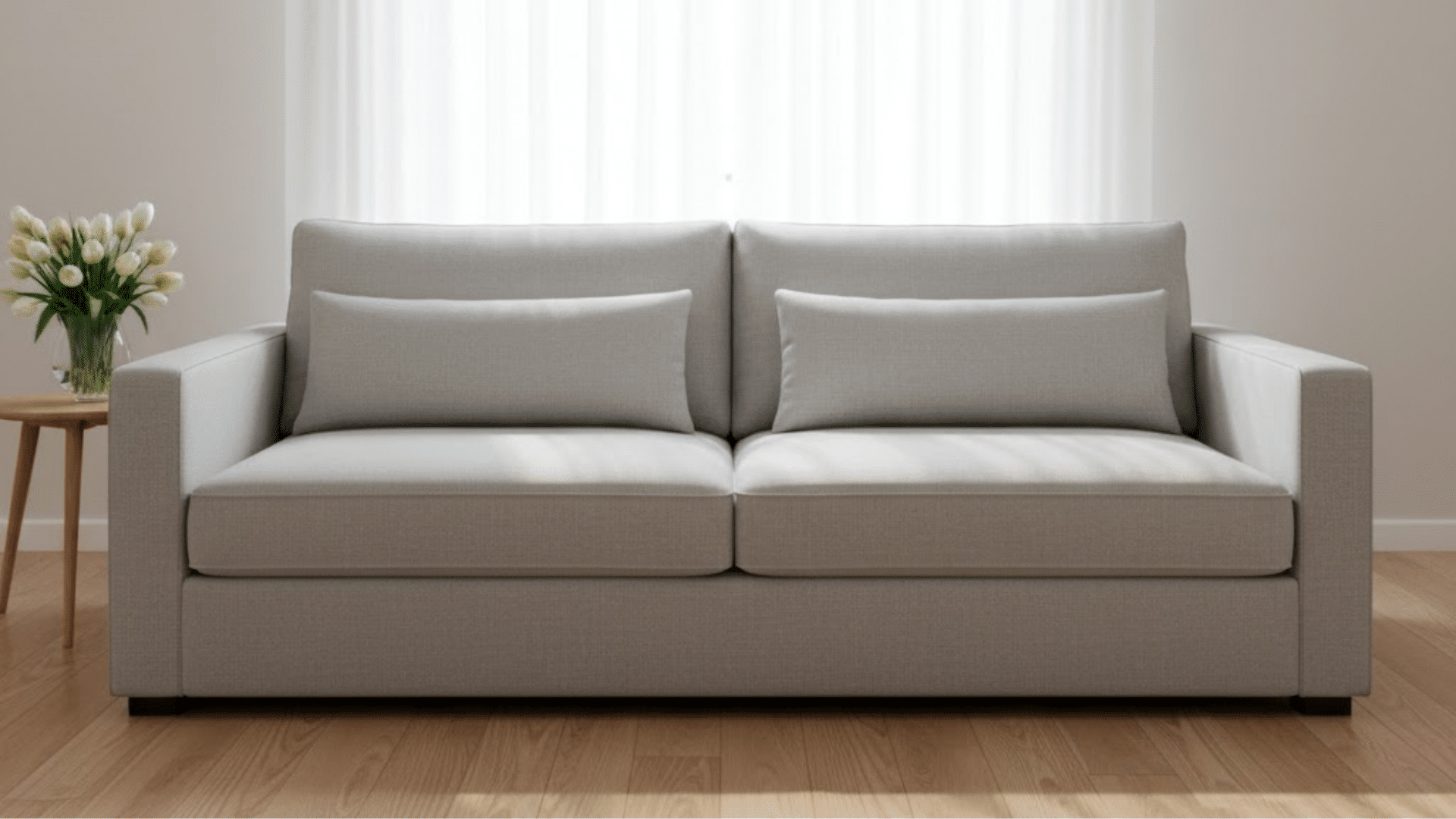
A Lawson sofa has simple lines with cushioned arms lower than the back. The clean design fits many decor styles. Its comfortable yet refined look makes it popular in both modern and traditional home settings today.
3. Camelback Sofa
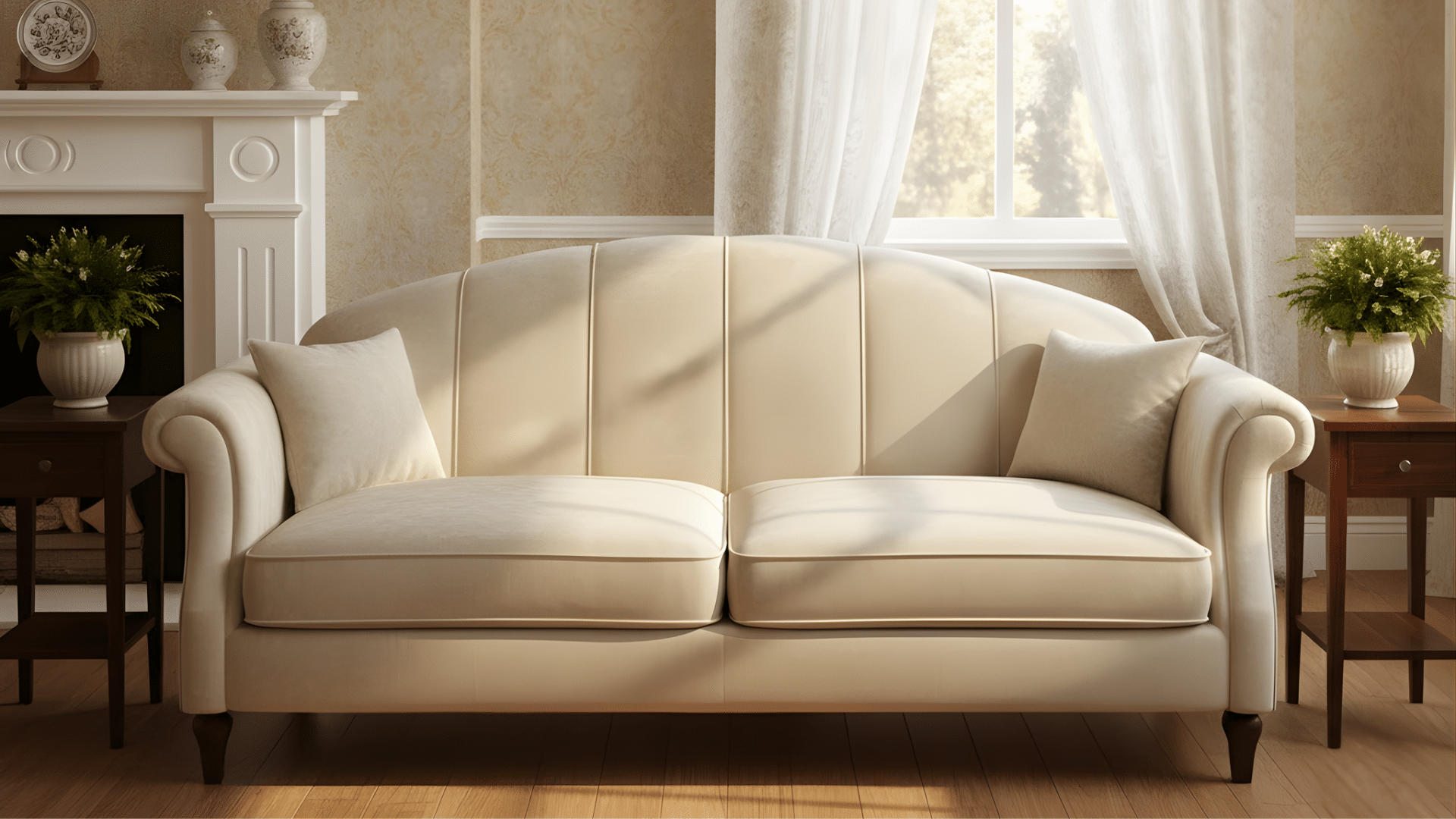
A Camelback sofa displays a distinctive curved back that rises in the center and slopes down. The arch is the main attraction of this sofa. This design works beautifully in formal living rooms and adds character to any refined space.
4. Tuxedo Sofa
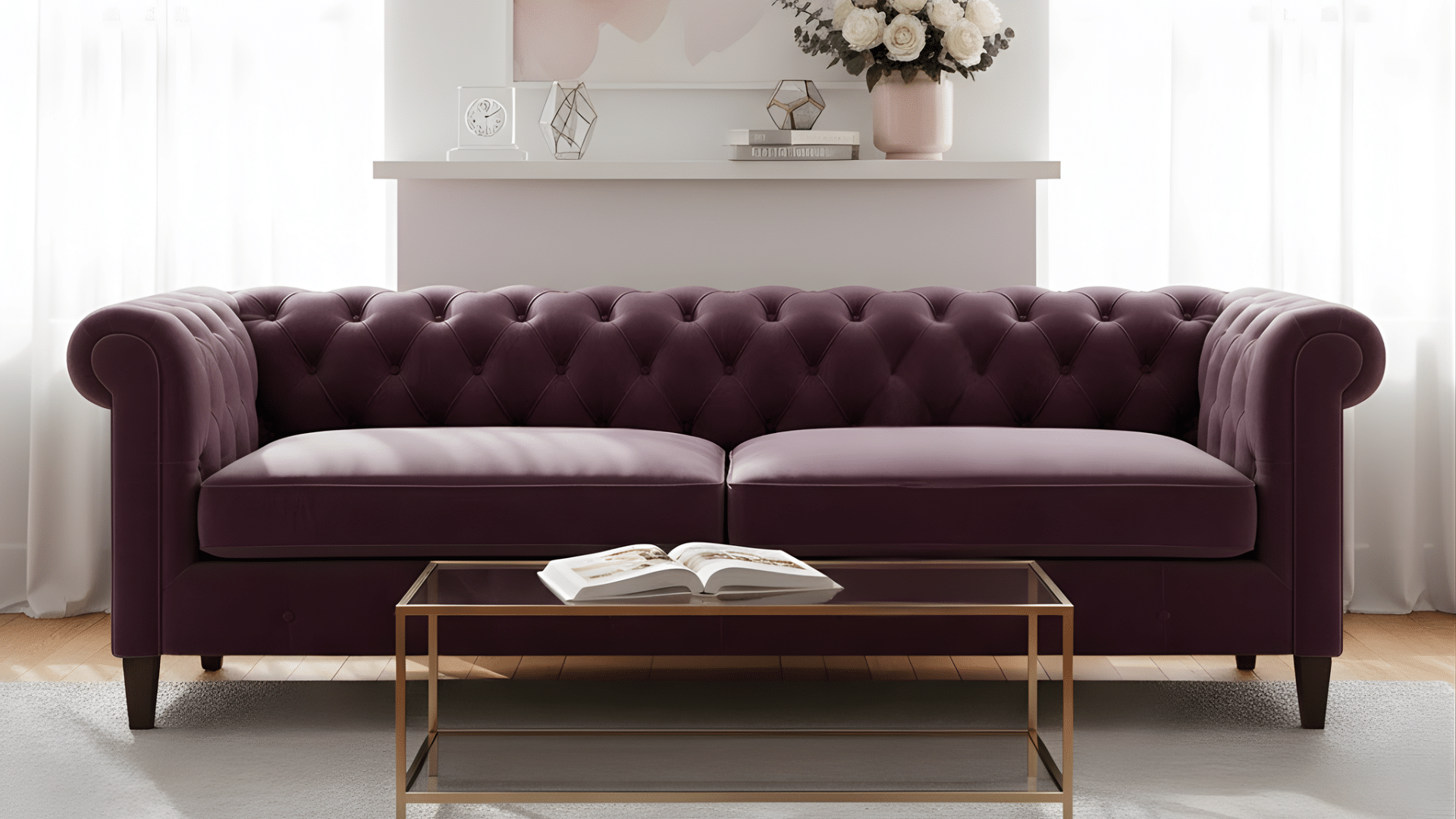
A Tuxedo sofa features arms and back at the same height with clean, straight lines. The symmetrical design looks minimal and modern. It fits well in modern homes and adds a polished, tailored appearance to living areas.
5. Mid-Century Modern Sofa
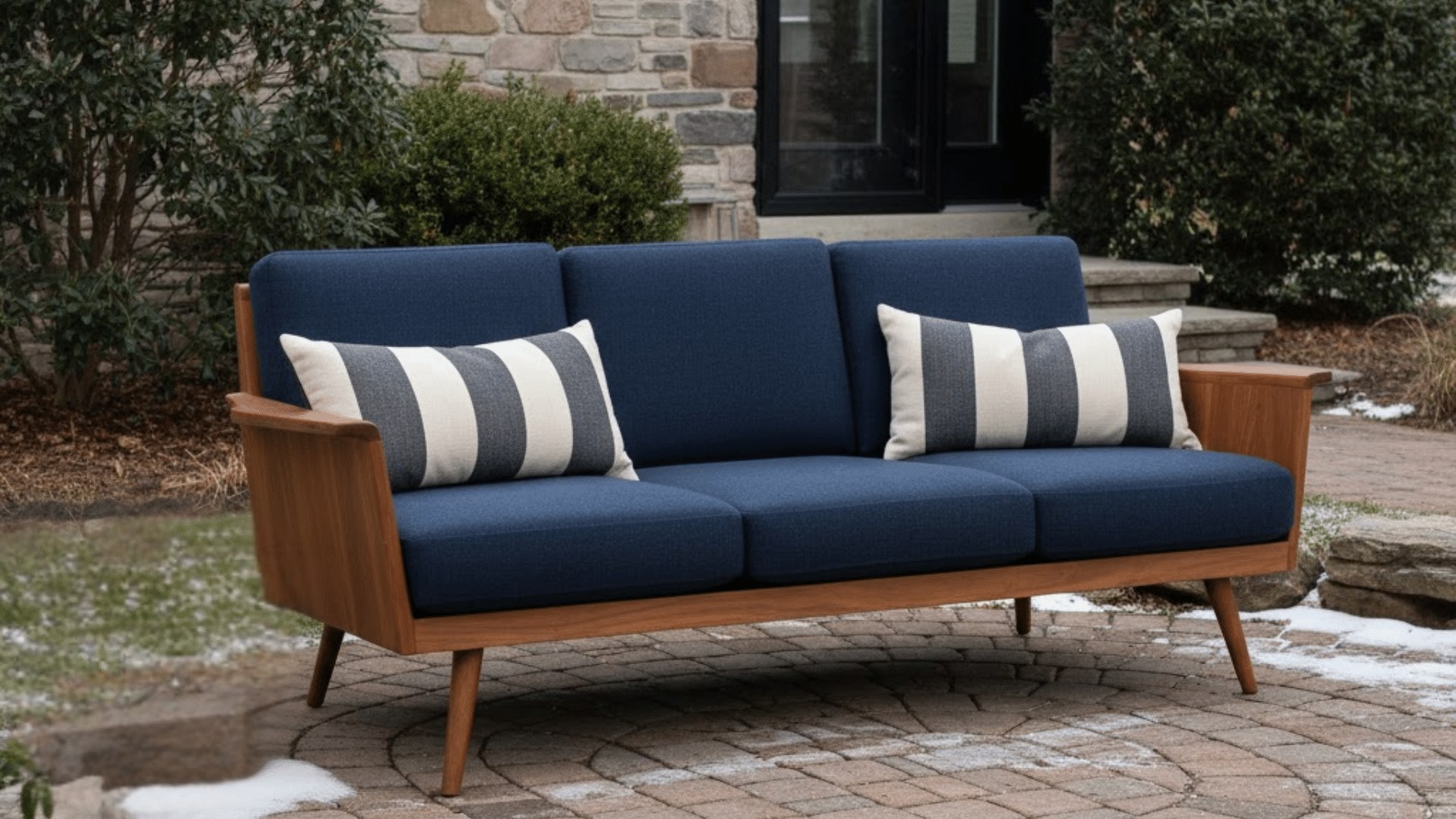
A mid-century modern sofa features tapered wooden legs and a minimalist design characteristic of the 1950s-60s era. The streamlined look remains popular today.
Clean lines and quality craftsmanship make it perfect for modern and retro-inspired interiors alike.
Key Difference Between Couch and Sofa
Now that we’ve looked at types of couches and sofas separately, it’s time to compare them directly.
Several key factors set these two pieces apart; knowing the difference between sofa and couch helps make better furniture choices.
Formality and Style
Sofas lean toward formal design with structured lines and refined details. They often appear in living rooms meant for entertaining guests.
Couches take a more relaxed approach with softer shapes and casual styling. People choose couches for family rooms where comfort beats formality.
The visual difference becomes clear when comparing their overall appearance and construction quality standards.
Arm Design and Structure
Sofa arms tend to be more defined with specific styles like rolled or track arms. The construction feels solid and symmetrical throughout the piece.
Couch arms can be lower, softer, or even absent in some designs. The structural approach differs significantly between the two options.
Arms on sofas make a statement, while couch arms focus mainly on providing comfortable support for relaxation.
Back Height and Support
Sofas feature higher backs that provide proper support for sitting upright during conversations. The back maintains its shape and firmness over time with quality construction.
Couches often have lower backs designed for lounging and casual comfort. Some couch styles include adjustable backs or loose cushions that shift easily.
The height difference affects how people use each piece in their daily routines.
Cushion Firmness
Sofa cushions stay firmer to maintain shape and provide structured seating for extended periods. The padding uses denser materials that resist sagging and wear.
Couch cushions feel softer and more plush for sinking in after a long day. The cushion construction prioritizes immediate comfort over long-term support.
This firmness difference greatly impacts how each piece feels when someone sits down initially.
Upholstery Materials
Sofas typically feature high-quality fabrics like velvet, linen, or leather that look polished. The materials resist staining and wear while maintaining an upscale appearance.
Couches use more forgiving fabrics like microfiber or cotton blends that handle daily use. These materials prioritize easy cleaning and durability over formal appearance.
The upholstery choice reflects whether the piece serves formal or casual purposes in the home.
Seating Capacity
Sofas usually seat three to four people with evenly distributed space and defined seating areas. The proportions remain balanced and symmetrical across the entire length.
Couches vary widely in seating capacity from two-seaters to sprawling sectionals. The seating arrangement focuses on flexibility rather than formal structure.
This capacity difference influences which option works best for different household sizes and entertainment needs.
Price Range
Sofas generally cost more due to quality construction, premium materials, and refined craftsmanship standards. The investment reflects the formal design and durability expectations buyers have.
Couches come in wider price ranges, from budget-friendly to high-end options. The pricing flexibility makes couches accessible for various budgets and needs.
Cost differences often reflect the intended use and expected lifespan of each furniture type.
Room Placement
Sofas work best in formal living rooms, reception areas, or spaces designated for guests. The placement emphasizes creating an impression and maintaining a polished look.
Couches fit naturally in family rooms, basements, or casual entertaining spaces. They belong in areas where relaxation and comfort take priority over appearance.
The room choice reflects the lifestyle and daily habits of the people living there.
Similarities Between Couch and Sofa
Despite the difference between couch and sofa, they share several common features. Both serve the same basic purpose in homes.
Let’s look at what makes them similar.
1. Primary Function
Both couches and sofas provide comfortable seating for multiple people in a home. They serve as gathering spots for families and guests. Whether formal or casual, both pieces fulfill the same basic need for sitting together.
2. Construction Materials
Couches and sofas use similar building materials like wood frames, foam padding, and fabric upholstery. The internal structure follows comparable construction methods.
Both require quality materials and craftsmanship to last through years of regular use and sitting.
3. Size Options
Both furniture types come in various sizes from compact two-seaters to large family-sized pieces. Manufacturers offer similar dimension ranges for different room sizes.
Shoppers can find small, medium, or large options in both couch and sofa categories to fit their spaces.
4. Cushion Components
Couches and sofas both feature seat cushions and back cushions for comfort and support. The cushion arrangement follows similar patterns across both types.
Whether removable or attached, cushions remain essential components that define how each piece feels when someone sits down.
5. Maintenance Needs
Both pieces require regular cleaning, vacuuming, and occasional professional care to stay fresh. Spills need immediate attention regardless of the furniture type.
Rotating cushions and protecting from sunlight applies equally to couches and sofas to extend their lifespan and appearance.
6. Room Impact
Couches and sofas both serve as focal points in living spaces and influence room layout. They anchor seating areas and affect traffic flow patterns.
Both pieces draw the eye and set the tone for how people arrange other furniture around them.
7. Comfort Purpose
Both furniture types aim to provide comfortable places for sitting, relaxing, and spending time with others. They support activities like watching television, reading, or having conversations.
Comfort remains the core goal, whether the style leans formal or casual in its overall design approach.
8. Longevity Expectations
Quality couches and sofas both offer years of service with proper care and maintenance. People invest in both expecting long-term use and durability.
The lifespan depends more on construction quality and care than on whether it’s labeled a couch or sofa in stores.
What is Right for Your Space?
Choosing between a couch and a sofa depends on how the space gets used daily. Think about the room’s purpose first.
Formal living rooms benefit from sofas that impress guests and maintain structure. Family rooms work better with couches that handle everyday wear and relaxation.
Consider who uses the space most often and what activities happen there.
Budget matters too, along with existing decor style. Measure the room carefully before deciding. The right choice balances comfort, style, and practical needs.
Trust personal preferences over strict rules when making the final decision.
Wrapping It Up
Knowing the difference between a couch and a sofa doesn’t have to be confusing anymore. Both serve important purposes in different settings and lifestyles.
The choice comes down to personal needs and how a room gets used. Don’t stress over picking the wrong one.
Focus on what feels right for the space and budget.
Test pieces in person when possible. Sit on them, lean back, and see which style fits better.

